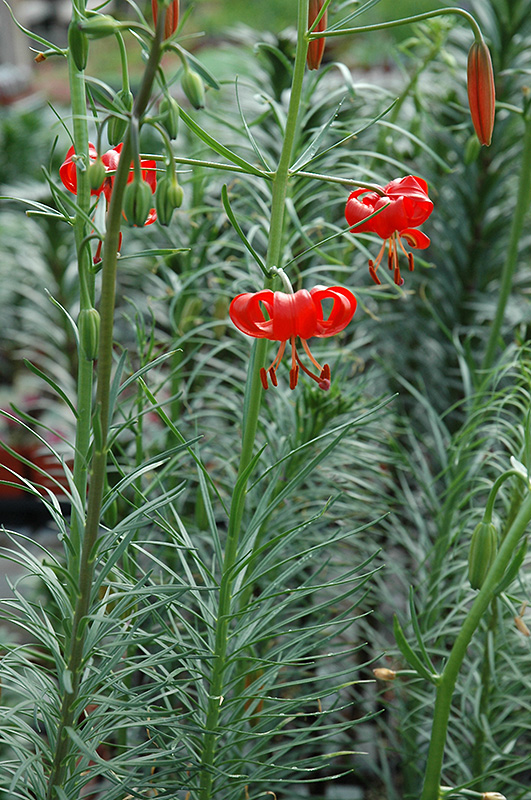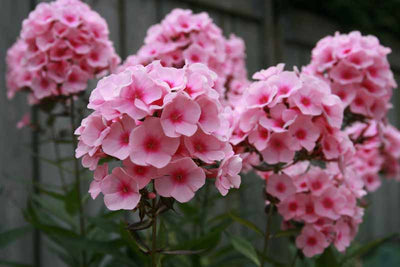Plant Library
Height: 30 inches
Spacing: 18 inches
Sunlight:
![]()
![]()
Hardiness Zone: 3a
Other Names: Turk's Cap
Description:
Masses of small but brilliant red blooms will burst forth in mid summer in an unrivaled display of beauty; strong sturdy stems, ferny foliage and flower fragrance make this variety an excellent choice for massing and border planting
Ornamental Features
Coral Lily features bold fragrant nodding red trumpet-shaped flowers at the ends of the stems in mid summer, which emerge from distinctive orange flower buds. The flowers are excellent for cutting. Its ferny leaves remain green in color throughout the season.
Landscape Attributes
Coral Lily is an herbaceous perennial with a rigidly upright and towering form. Its relatively fine texture sets it apart from other garden plants with less refined foliage.
This plant will require occasional maintenance and upkeep, and should be cut back in late fall in preparation for winter. Gardeners should be aware of the following characteristic(s) that may warrant special consideration;
- Insects
- Disease
Coral Lily is recommended for the following landscape applications;
- Mass Planting
- General Garden Use
Planting & Growing
Coral Lily will grow to be about 24 inches tall at maturity, with a spread of 24 inches. When grown in masses or used as a bedding plant, individual plants should be spaced approximately 18 inches apart. It tends to be leggy, with a typical clearance of 1 foot from the ground, and should be underplanted with lower-growing perennials. It grows at a fast rate, and under ideal conditions can be expected to live for approximately 10 years. As an herbaceous perennial, this plant will usually die back to the crown each winter, and will regrow from the base each spring. Be careful not to disturb the crown in late winter when it may not be readily seen!
This plant does best in full sun to partial shade. It does best in average to evenly moist conditions, but will not tolerate standing water. It is not particular as to soil type or pH. It is somewhat tolerant of urban pollution. This species is not originally from North America. It can be propagated by multiplication of the underground bulbs.





